The event, which took place on Thursday, 1 February, was held by the Royal Commission on the Ancient and Historical Monuments of Wales and Ceredigion Archives.
Ceredigion County Archivist, Information and Records Manager Helen Palmer gave the talk, using pictures, planning application drawings, and a variety of other sources to piece together the tales of Penparcau’s past.
Among the archives was information on the Dinas House hotel, which once stood on Terrace Road. The place was notorious as its owner, Henry Morgan, was known to do “naughty things” with the beer he made on site.
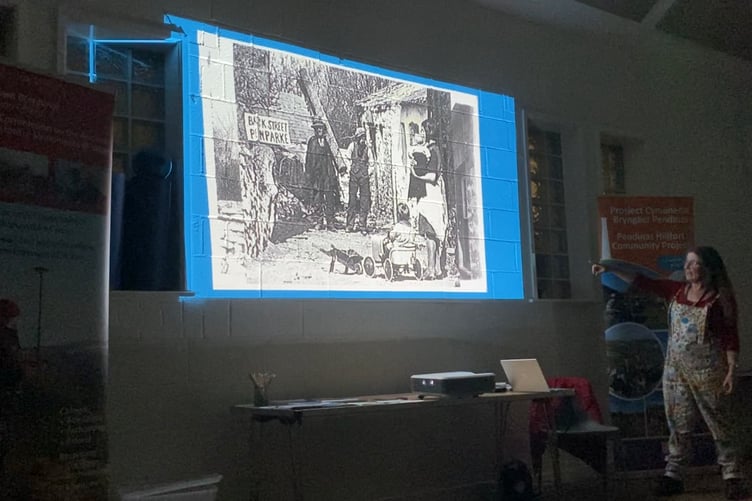
As said on the night, ‘Penparcau’s story is one of building.’ Nowhere was this history more on display than between 1909 and 1935, when the Cae’r Ffynnon estate was built – which is today better known as First, Second, Third and Fourth Avenue.
During this time, many of Penparcau’s young men left the country to fight in World war 1. Ceredigion’s archives show the scale of men who took up arms, as they were captured in a picture marching down …. Where the old toll booth used to be.
One of Helen’s favourite parts about archives is that it allows you to see the people of the past “being people.”
“There’s a magic to archives, they show us how people were very like we are even though they lived in a different time. We see people being people.”
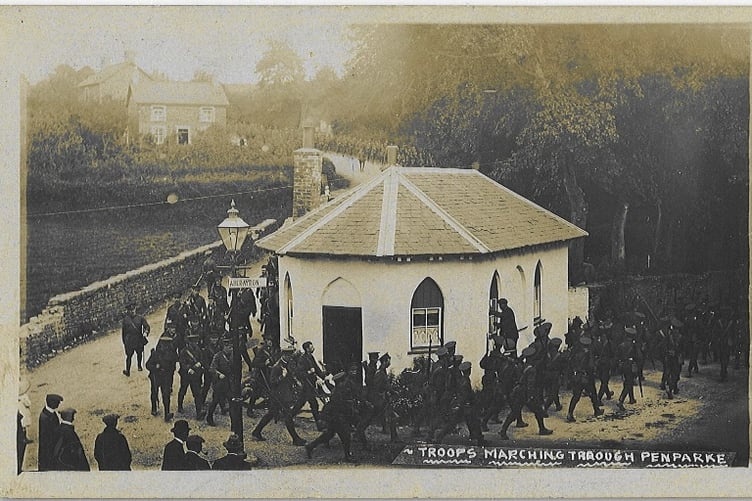
In the archives, she uncovered an article that was published in the Cambrian News in the 1970s, written by Harry Jones under the pseudonym Willow Wispers. He wrote of an interview with a then 80 year old woman called Jenny Mitchell. She spoke about a bootmaker who lived in Penparcau in the late 1800s and early 1900s called Bonno Jones.
Bonno was well known in Penparcau, not for his boot making abilities, but for his love of music. It was said that he always carried a tuning fork in his apron, always ready for a chance to bring it out and make some music.
Schools were a great source of history for archivists, because headteachers were legally required to write about the goings on at school in their logbook.
Helen said: “Penparcau’s school provides wonderful records of the village.”
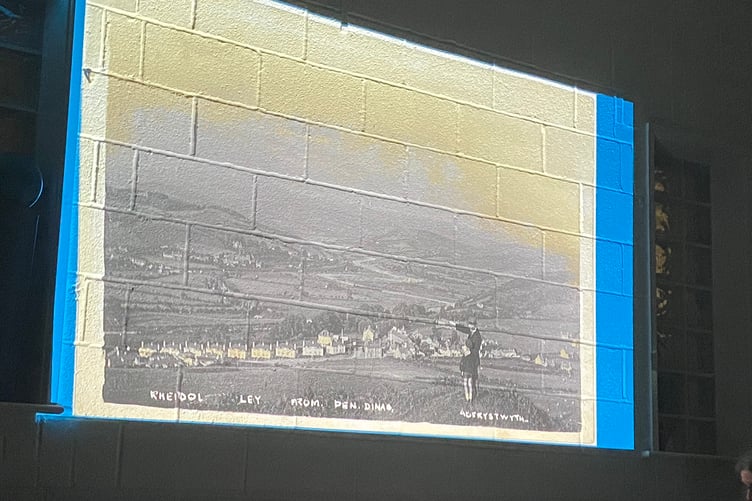
Among these records kept by the school, were the details of a school trip in 1953 to the Eisteddfod, which took place in Llangollen.
The school’s pupils travelled to the festival, and made life very difficult for the tutors supervising the excited children.
An extract from the logbook said: “Supervision on the way [to the eisteddfod] and in the field was very difficult, but all students returned.”
.png?width=209&height=140&crop=209:145,smart&quality=75)

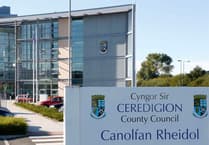
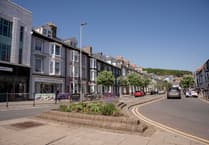
Comments
This article has no comments yet. Be the first to leave a comment.